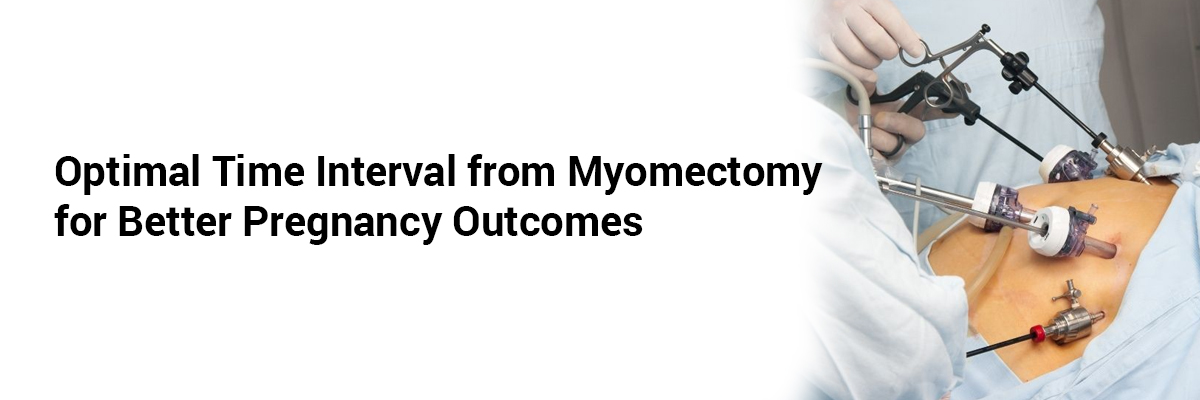
Optimal Time Interval from Myomectomy for Better Pregnancy Outcomes
A time interval from myomectomy to pregnancy of 6 to 11
months is associated with lower risks of gestational hypertensive disorders and
neonatal death compared to both shorter (<6 months) and longer (≥12 months)
intervals, particularly for women aged 35 years and older. These findings were
published in The International Journal of Gynecology
& Obstetrics.1
A retrospective
population-based cohort study was conducted between 2008 and 2017, utilizing
data from the National Health Insurance Research Database and the Taiwan
Maternal and Child Health Database. The study included a total of 2,024,379
births from 1,391,856 pregnancies. Eligible cases were found through diagnostic
and procedure codes, resulting in the identification of 4,006 first singleton
births among 4,006 women following their first laparotomic myomectomy. The
risks of pregnancy and obstetric outcomes were assessed based on the time
interval from myomectomy to pregnancy, categorized as <6 months, 6–11
months, and ≥12 months. Subgroup analyses were conducted by further stratifying
the cohort according to maternal age at birth (18–34 years vs. ≥35 years).
This study attempted to decipher the associations between
the time interval from myomectomy to pregnancy (TIMP) and pregnancy outcomes
such as uterine rupture, preterm delivery, or miscarriage. It also sought to
examine whether younger or older maternal age influences how TIMP impacts
outcomes.
The study observed that a
shorter time interval from myomectomy to pregnancy (TIMP) of <6 months was
associated with significantly higher risks of gestational hypertensive
disorders and neonatal deaths. The risk of gestational hypertensive disorders
was nearly doubled with adjusted odds ratio (aOR) of 1.97. The risk of neonatal
deaths increased 4.5 times with aOR of 4.59. Showing a similar trend, a TIMP of
≥12 months was linked to an increased risk of gestational hypertensive
disorders (aOR 1.72) and neonatal death (aOR 3.27) compared to a TIMP of 6–11
months.
Subgroup analysis revealed
that women aged 35 years and older continued to face higher risks of
gestational hypertensive disorders when the TIMP was <6 months (aOR 2.26) or
≥12 months (aOR 2.04). These women also had a higher risk of neonatal death
when the TIMP was <6 months (aOR 4.05). Conversely, women aged 18–34 years
did not show these associations.
The study concluded that a TIMP of 6–11 months appears
optimal, particularly for women over 35 years, to reduce adverse pregnancy
outcomes like hypertensive disorders and neonatal death.
Reference
1. Wen-Hsin Chen, et al. Associations between the time
interval from myomectomy to subsequent pregnancy and the obstetric outcomes: A
population-based cohort study. Int J Gynaecol Obstet. 2024 Nov;167(2):631-640.
doi: 10.1002/ijgo.15610.














Please login to comment on this article